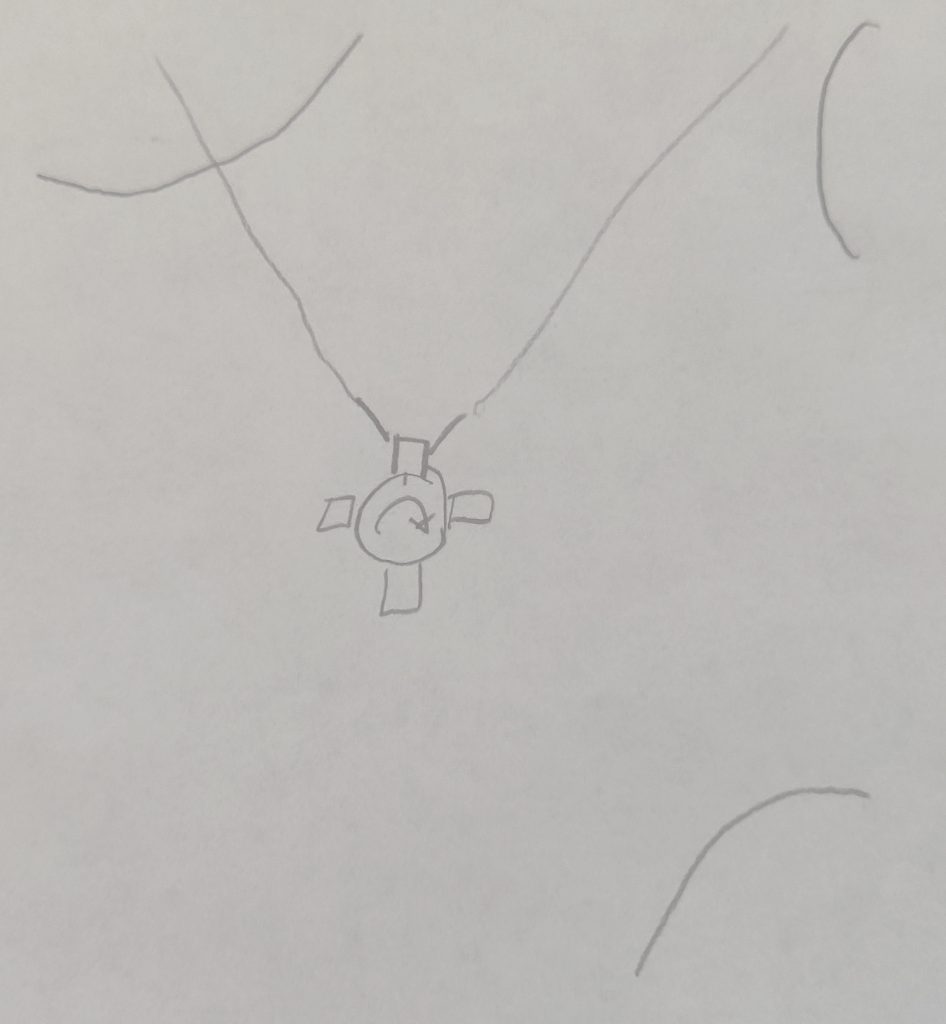Author: Will McCoy
This week feels like the first real week of IPPD. After being postponed by Hurricane Idalia and going through a lot of the boilerplate assignments at the start of the course, I finally got to meet my team. My first impression is incredibly positive; everyone seems to be a proficient engineer. I look forward to working with them on this project. Another reason this feels like the first week is because the workload of the course is finally setting in. The best I can do is take everything one week at a time. I’ll do my best to keep you updated here along the way.
The product we are working on is the Florida Power and Light (FPL) Maintenance of Traffic (MoT) Sensor. This is a system which will be placed within a roadway worksite. It will scan the road for traffic which is looks like it will crash into the worksite; if it detects this, it will alert the workers in the site. When I heard about this project on team selection day, it was my first choice, because it seemed like the most interesting application of electrical engineering. My first-impression solution was to use a circular phased array of mmWave RaDAR to detect the approaching traffic. However, FPL outlined in its Scope of Work (SoW) that they would like us to use LiDAR and image recognition (I interpret this as computer vision). I feel comfortable with LiDAR; I understand how the technology works, and feel like if I sat down with the hardware I could have something working in about a weekend. However, I am much more skeptical of the computer vision aspect, because much of it is built on top of machine learning. I haven’t had the best experiences with ML projects in the past, and I’ve found that ML solutions have too many false positives and false negatives. However, I will keep an open mind for this project, and hopefully learn something about computer vision along the way.
